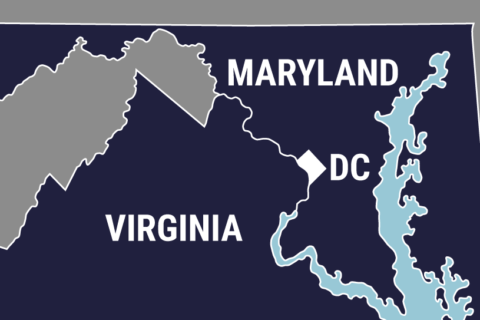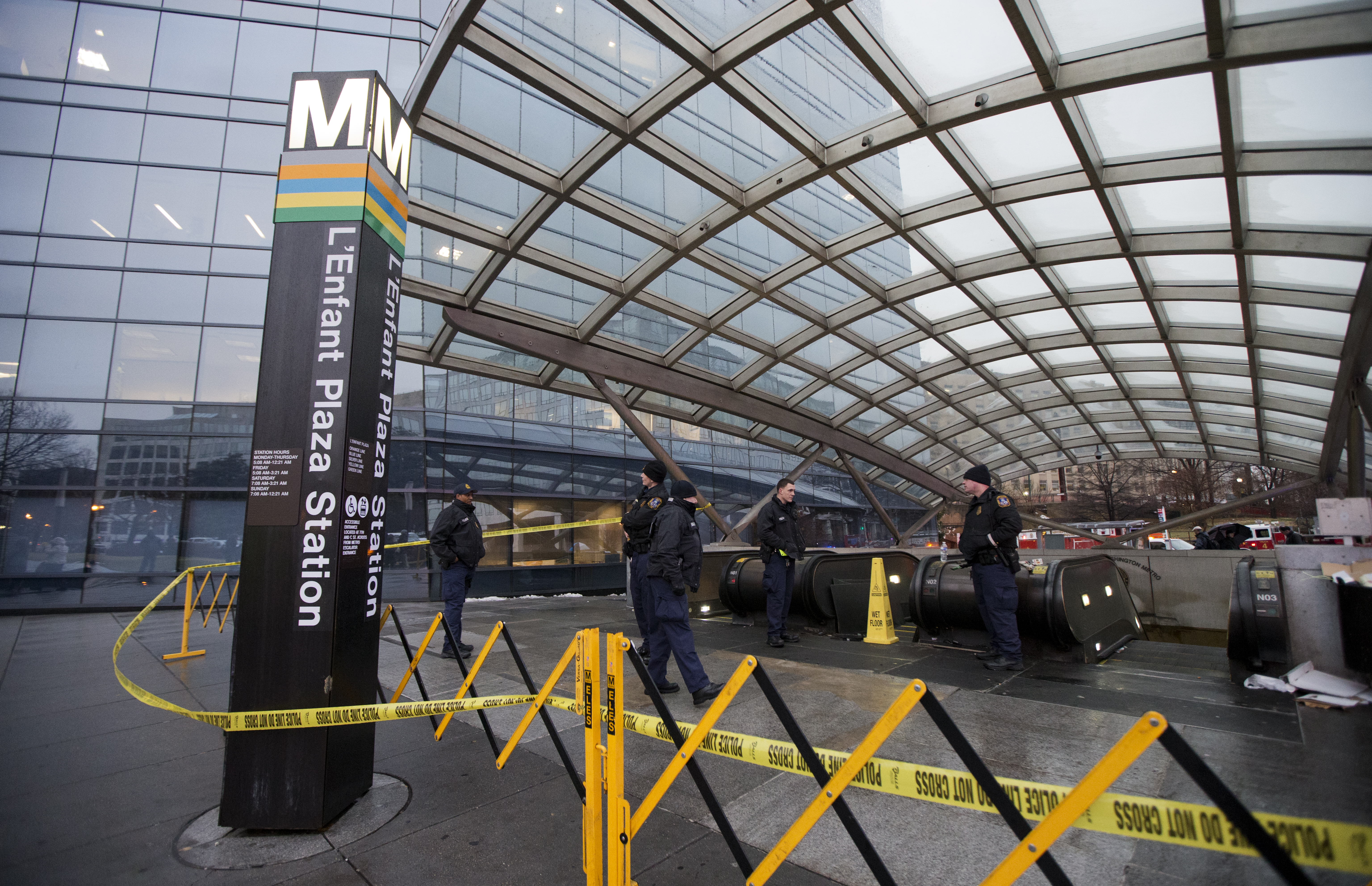WASHINGTON — Metro says it will begin upgrading the radio and cellphone systems inside tunnels in January 2016, the agency announced at the Transportation Planning Board of the Metropolitan Washington Council of Governments.
Deputy General Manager Rob Troup briefed lawmakers on the update to the response after the deadly smoke incident at L’Enfant Plaza. He said the agency hopes to complete repairs to ventilation fans and add signs to the outside of emergency doors within the next three months.
Also, the agency is studying lowering speeds on all train lines in order to lessen the load on the electric third rail.
Also, Troup announced the biggest changes coming to radio and cellphone coverage inside tunnels will begin next January.
In January, first responders in D.C. had trouble communicating using the bidirectional antennas inside the L’Enfant Plaza tunnel and had to resort to line-to-sight radio communication. Metro runs a system on an old 490 mHz system, whereas first responders use 700-800 mHz.
Prince George’s County Fire Chief Marc Bashoor says that is one reason why radio reliability is only around 89 percent. He says with an upgrade, he believes radio coverage in tunnels will be nearly 100 percent.
“It’s a federally mandated requirement that we do this. What this project allows us to do is to be able to put infrastructure in, then put in the carrier cable on this infrastructure,” Troup told the board.
Carrier cables are separate from the radio cables. Carrier cables allow better cellphone coverage inside Metro stations and tunnels for riders to get service. A recent study found that only 28 percent of all 911 calls placed inside a Metro tunnel went through successfully.
Metro’s previous attempt to install wireless cellular cables into the system failed when the company behind the project went bankrupt.
“Time and space on the railroad is very important. We have prioritized this project. We feel that we have a methodology to get it done quickly. When I say quickly, I need to preface it and say three to four years because this is a significant effort in our entire underground system,” says Troup.
Some hope that Metro will consider adding Wi-Fi when it upgrades the wiring for mobile providers underground. The agency has not commented on whether that is a possibility.







